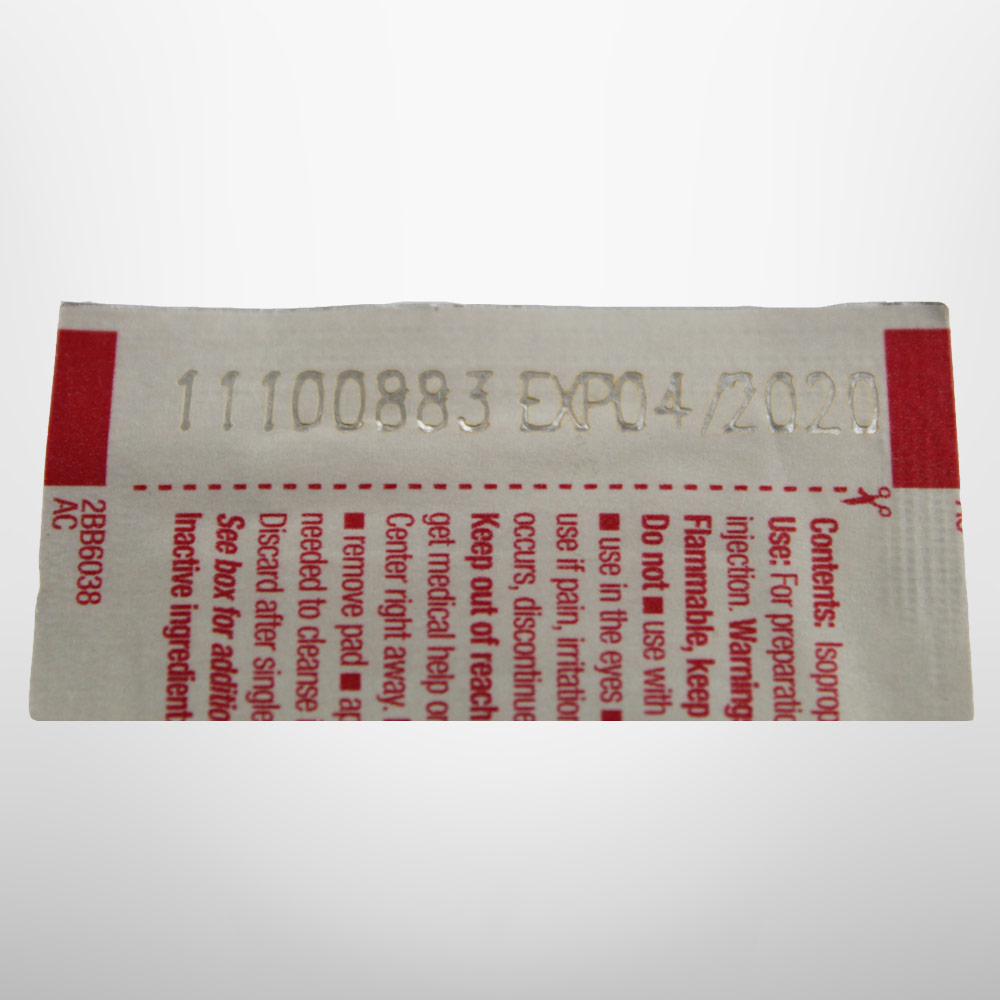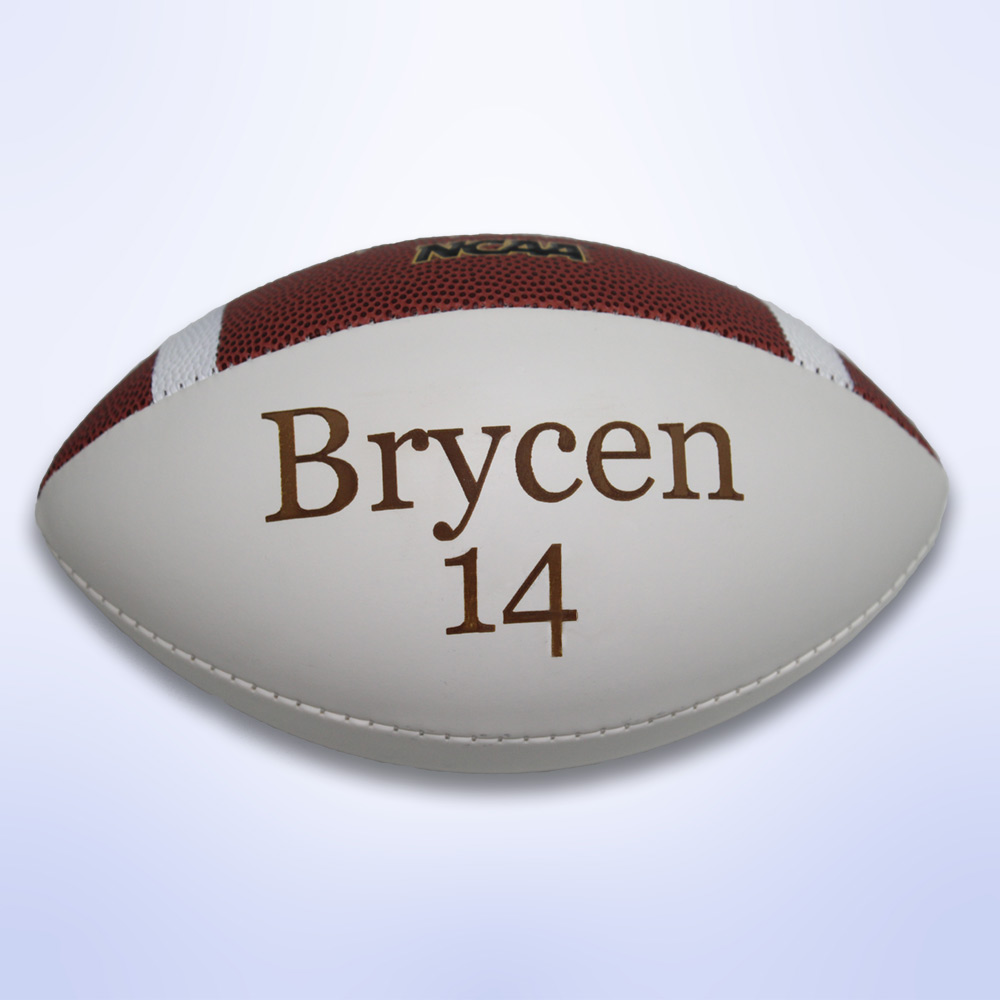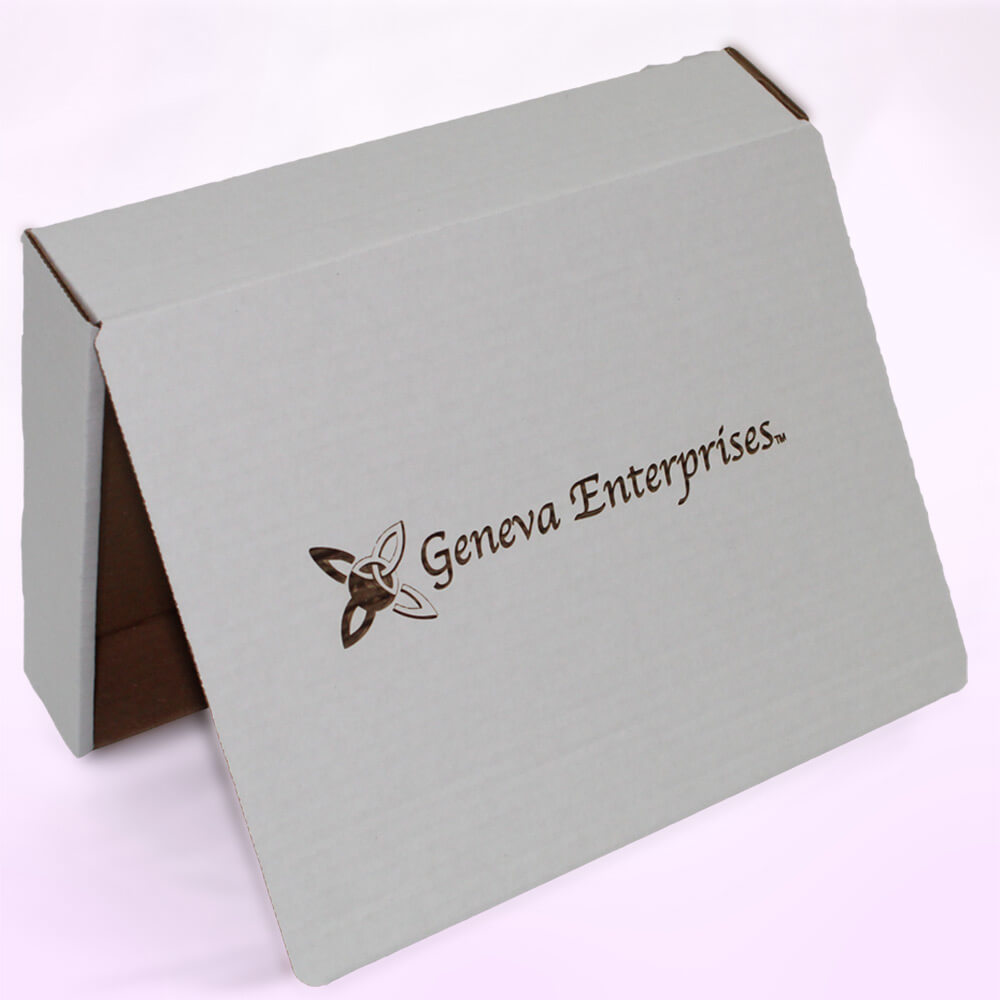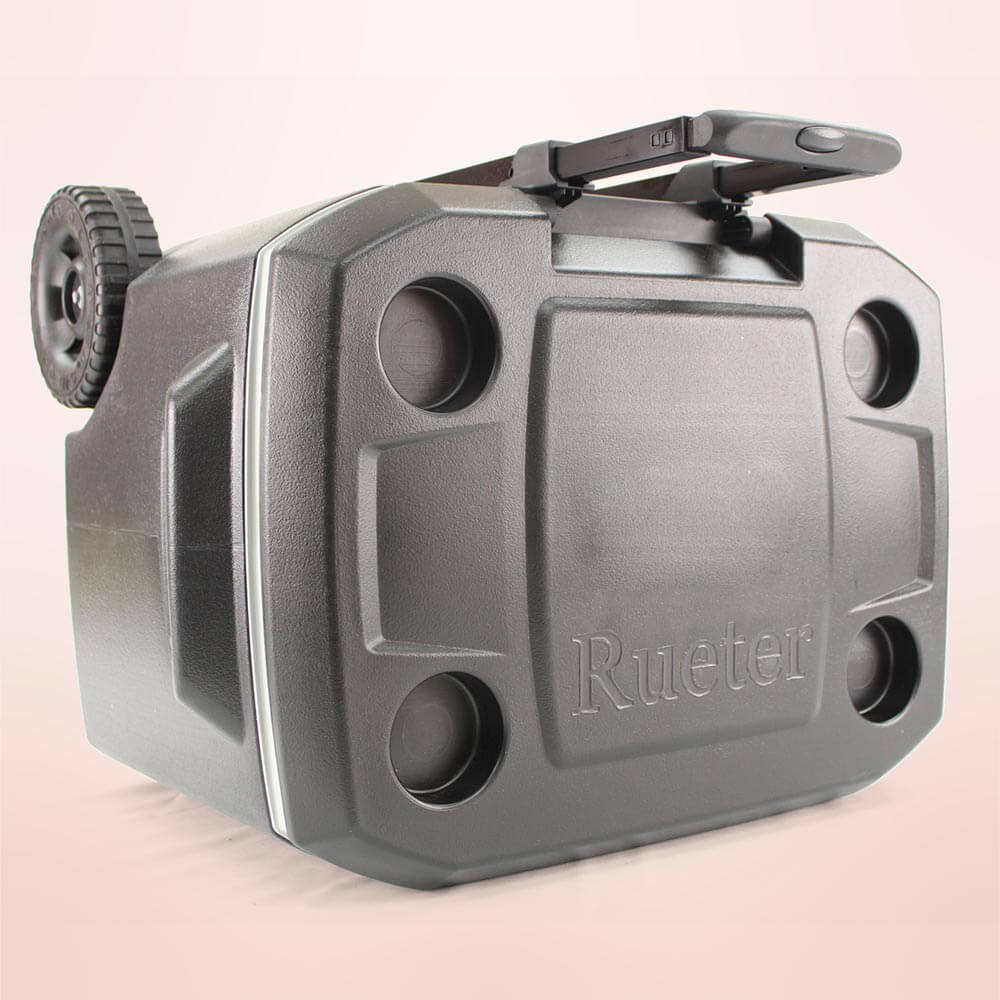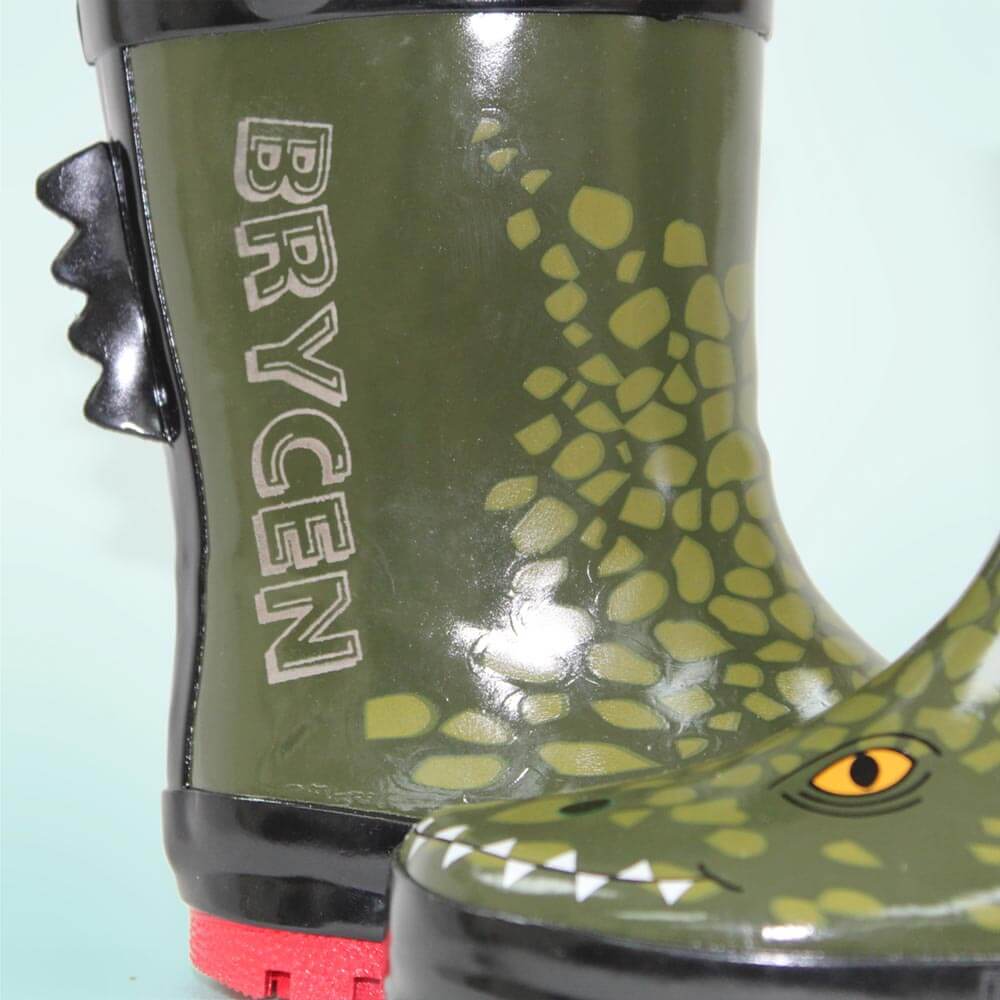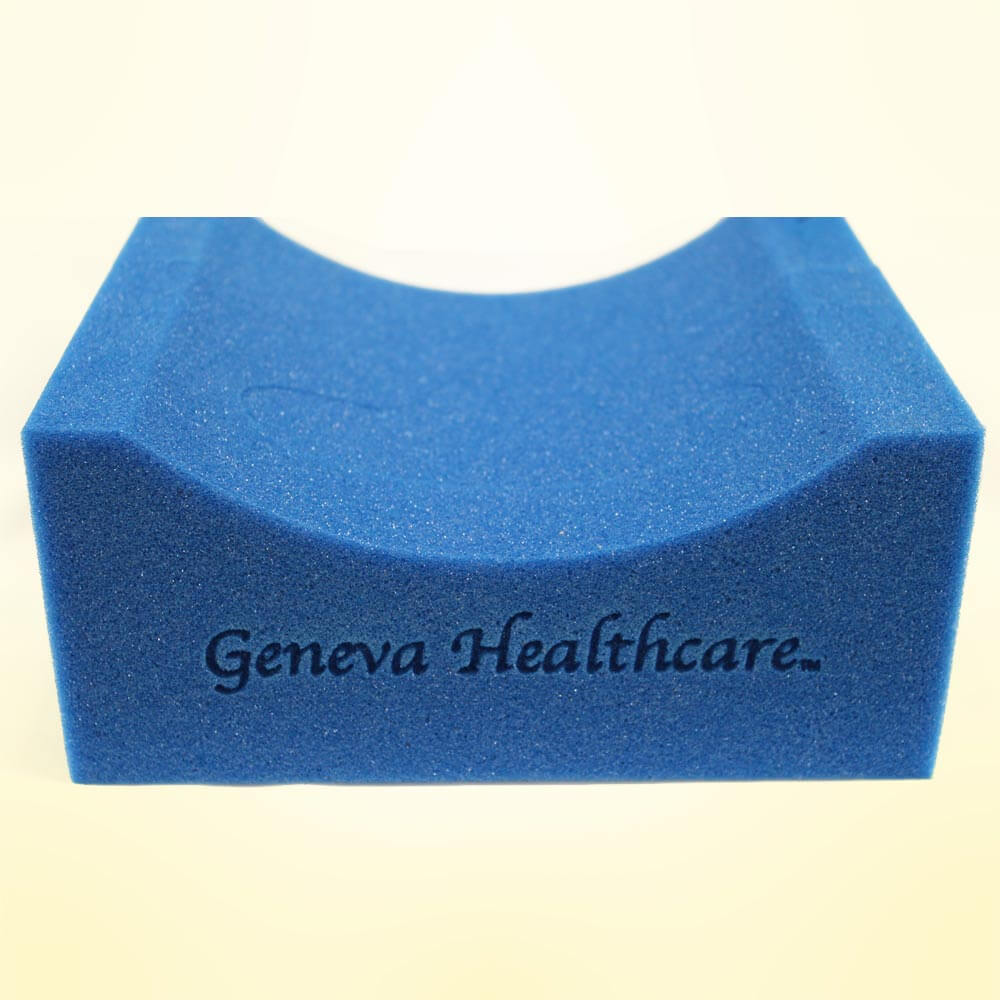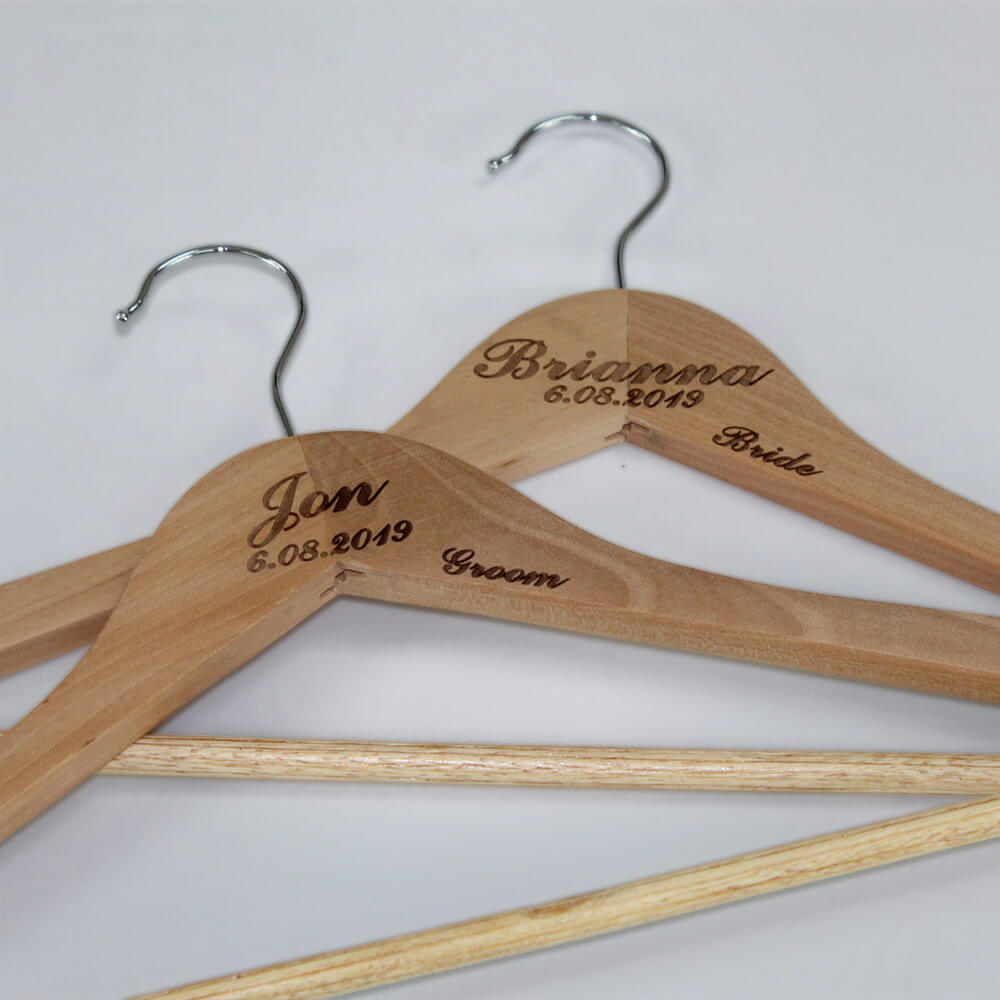Dear Valued Customers,
Geneva Enterprises wants to assure you that we are working hard to keep ourselves, our families, our community and our customers safe.
While the news regarding COVID-19 is continually evolving, we’ve taken an aggressively proactive, preventative approach. In addition to the basics – washing hands frequently, covering coughs and sneezes, avoiding physical contact with others and practicing social distancing – we’ve also significantly stepped up our office and warehouse cleaning processes.
All Geneva foam is made entirely in the USA, from manufacturing to cutting, and shipped from our Waterford, WI warehouse. Our website online catalog showcases our extensive line; all products are available to manufacture and ship without delay at this time.
Thank you for being a loyal Geneva customer. We look forward to continuing to serve you.
Warm Regards,
Your Geneva Enterprises Family


